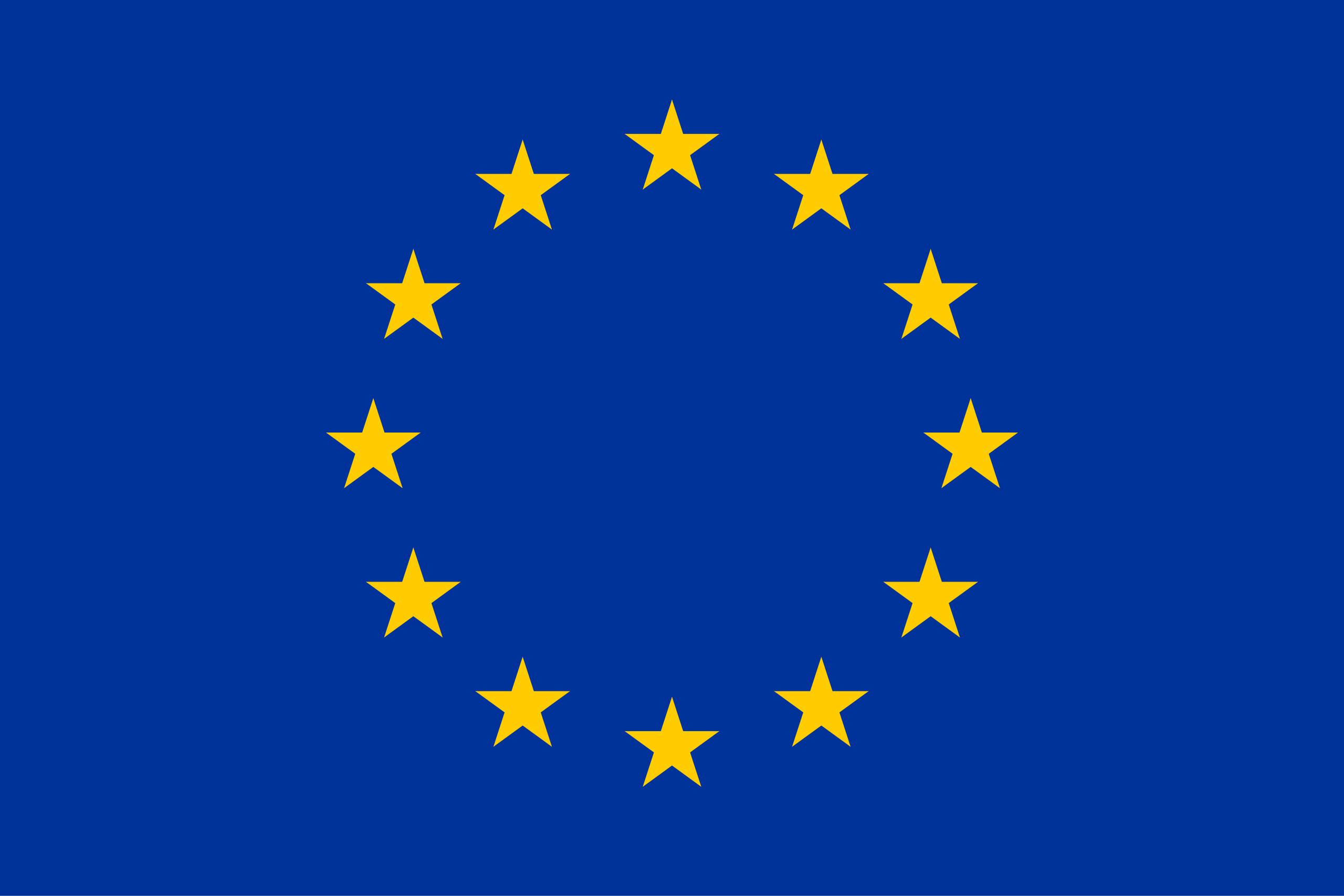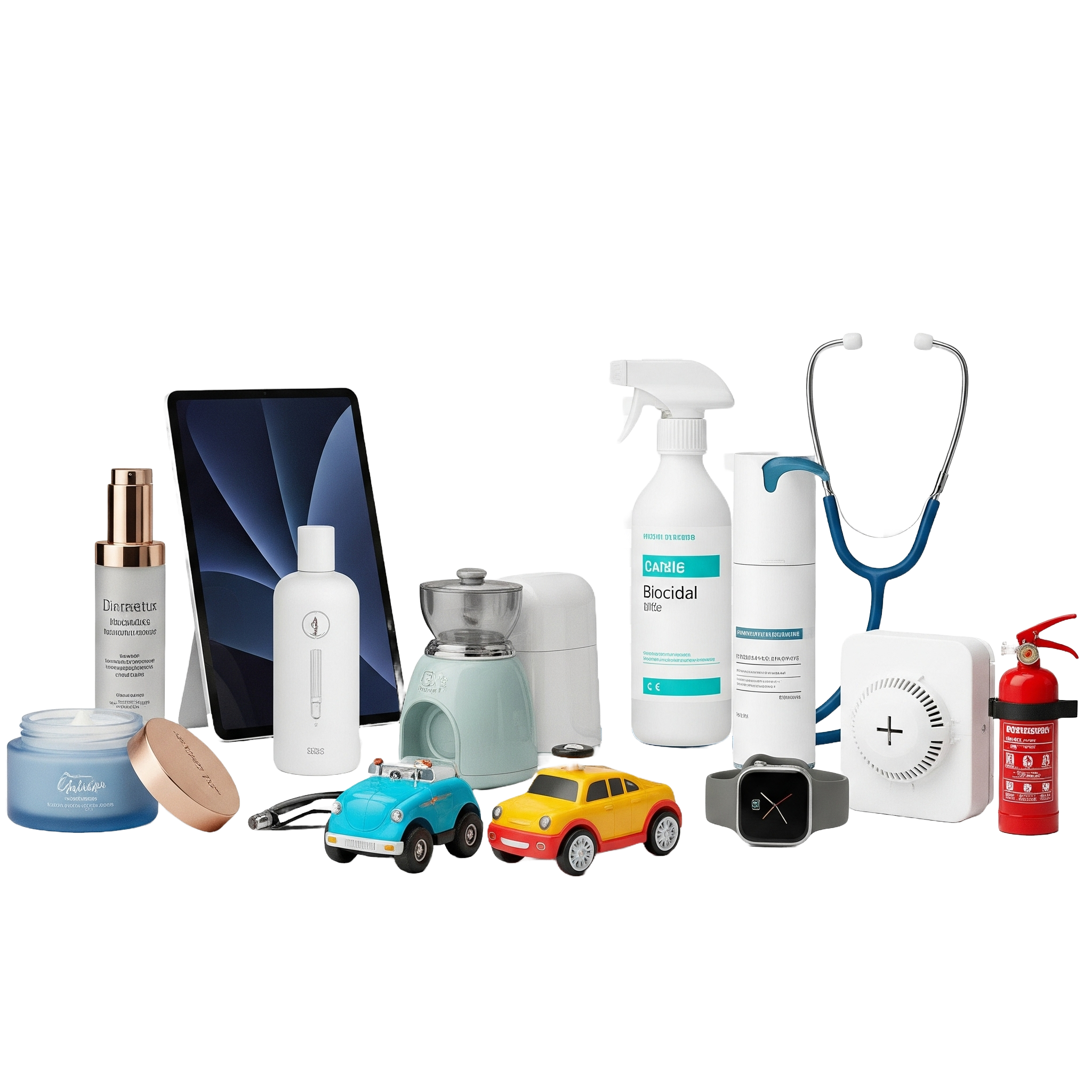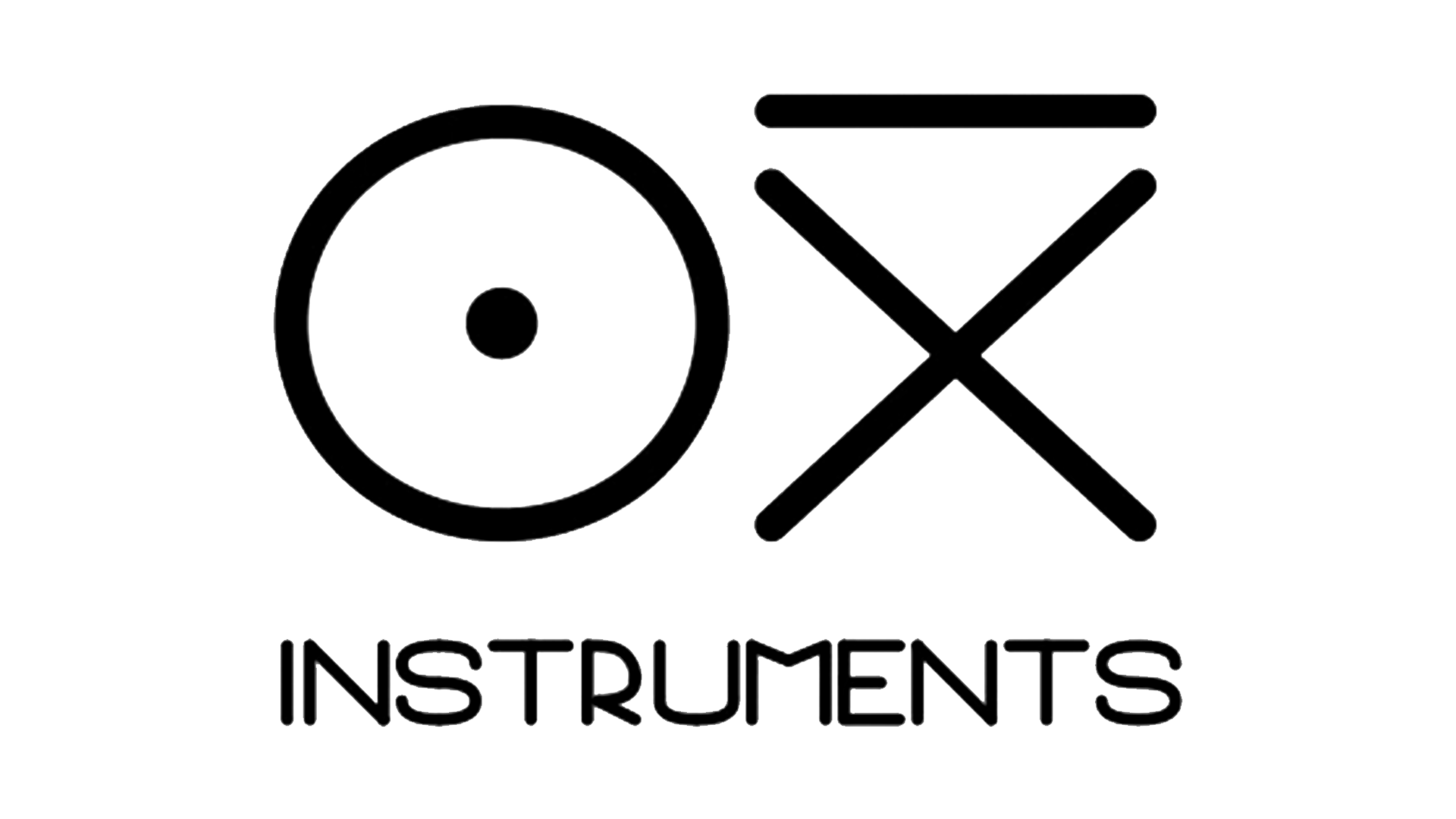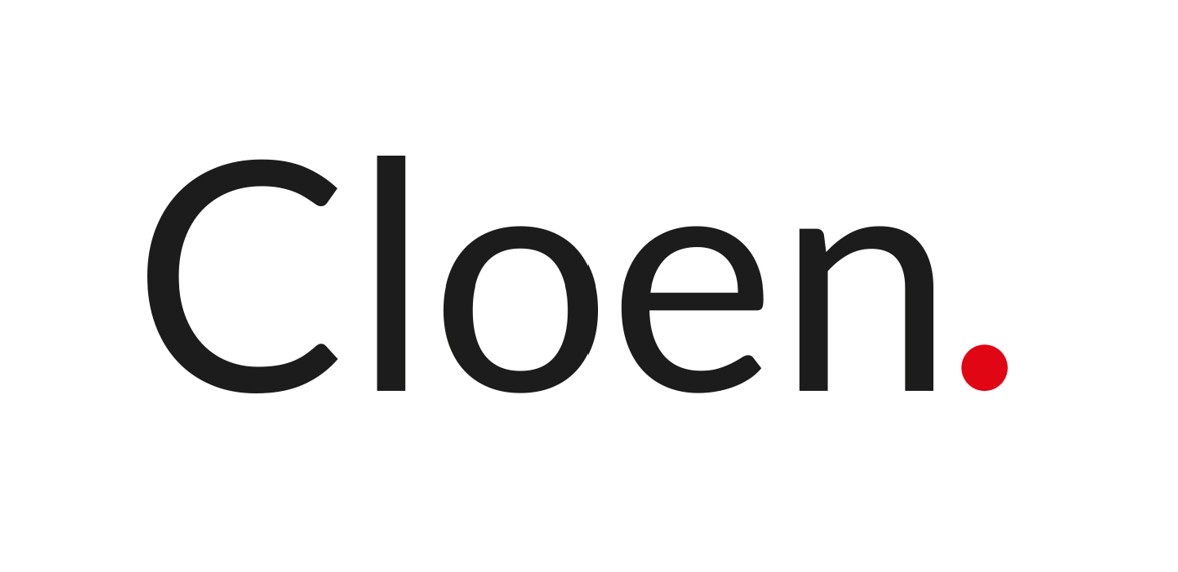European Certification

The gateway to Europe
Introduce your products into the European market reliably and safely.


European Product Conformity
European product conformity (or European product certification) is a very broad concept aimed at ensuring that products comply with the standards and regulations established by the European Union (EU) before they are placed on the common market. It imposes safety, health, and environmental protection requirements on products, as well as obligations on manufacturers and importers.
European Product Conformity encompasses all procedures and requirements established by legal acts (directives and regulations) that an importer or manufacturer must carry out to introduce a product to the European market.
Generally, these conformity procedures involve several key steps:
- Identification of Applicable Regulations: Manufacturers must identify all relevant EU directives and regulations for their product. These regulations can cover safety, health, and environmental protection, such as: CE Marking (which applies to a range of specific products), cosmetic products, biocides, food, pharmaceuticals, textiles, flavourings and additives, or the GPSD Directive 2001/95/EC, which applies to all products not regulated by any specific Directive or Regulation.
- Conformity Assessment: The product must be assessed to verify that it meets the specific requirements of the applicable regulations. This may include testing, inspections, and quality controls.
- Use of Harmonised Standards: Compliance with harmonised standards, which are detailed guidelines developed to align with EU directives, can facilitate this process. Complying with these standards generally provides a "presumption of conformity" with the relevant requirements.
- Technical File: Creation of a technical file containing detailed information about the design, manufacture, and operation of the product, as well as evidence supporting the product's conformity with the established requirements. This file must be available to the authorities if requested.
These steps ensure that products sold in the European Community are safe and reliable, thereby protecting consumers and promoting the free movement of goods within the single market.
Market Surveillance: EU Member States conduct continuous market surveillance to ensure that products on the market comply with the relevant regulations.
Primarily, European Product Conformity applies to all member states of the European Union (EU). However, certain countries accept, fully or partially, the results of product conformity according to EU regulations through trade agreements. For example, countries in the European Economic Area (EEA) and EFTA, which, in addition to EU member states, includes Iceland, Liechtenstein, Norway, and Switzerland.
Legal Acts in European Product Certification
Below are some of the Directives and Regulations within the legal framework of European product conformity.
Please note that...
CE Marking
General Product Safety Regulation (GPSR)
Food Contact Materials
REACH Regulation
Waste Electrical and Electronic Equipment (WEEE)
Packaging and Packaging Waste
Cosmetics
Biocides
Food Supplements
Non-exhaustive list. There are additional Regulations and Directives to those listed here.

How can we help you with European Certification?
We are a company specialised in conformity with extensive experience in the international product certification sector. Whether you can opt for self-certification or require third-party certification, we dedicate all our resources to ensure that you certify your products in an agile, effective, and guaranteed way.
Our services
Product Certification
Accredited Laboratory Testing
Technical Documentation
Advice and Consultancy
Avoid headaches
Let us help you and focus your energy on your business
“We can only say that they are a great team of professionals. Thanks to their rigorous work and professionalism, we were able to successfully certify the CE and FCC marking of the first version of our product, Travel Sax.”
Ramón Mañas
Odiseimusic (CEO)
“They have made possible what would have been impossible on our own, or much more costly in terms of time and money, allowing us to enter the market with all our responsibilities covered.”
Manuel Vázquez
Oxi Instruments (CEO)
“The quality of their work is excellent; they have shown a level of professionalism and dedication that exceeds our expectations. Their commitment to excellence and their client-oriented approach make them an ideal choice.”
Marcos Bruñuel
Bitbrain (QA/RA Manager)
Do you have any questions?
We have compiled the most frequent ones from our clients
The Declaration of Conformity (DoC) is a mandatory legal document in which the manufacturer or their authorised representative formally declares that the product complies with all applicable EU legislation requirements. By signing the DoC, the manufacturer assumes full responsibility for the product's conformity. This document must be available to market surveillance authorities at all times.
The General Product Safety Regulation (GPSR) applies to a product if it meets these two conditions:
-
It is a consumer product: Any item intended for consumers sold in the EU, whether in physical shops or online.
-
It does not have a more specific safety law: The GPSR acts as a safety net. That is:
-
If a product already has its own European safety regulation (like toys or electronics, which carry the CE Marking), that specific law takes priority.
-
If there is no specific law for the product, then this Regulation applies to ensure it is safe.
-
In short, it fills the legal gap to ensure that all consumer products without their own regulation are safe for the consumer.
The applicability of a specific piece of EU legislation (Directive or Regulation) to a product depends fundamentally on two key factors:
-
The scope defined in the law itself: Each directive or regulation precisely describes the products it covers. For example, the Low Voltage Directive applies to electrical equipment operating within certain voltage ranges.
-
The intended use and characteristics of the product: The purpose for which the manufacturer has designed and marketed the product is decisive. For example, a kitchen knife is not governed by the same rules as a surgical scalpel, although both cut. Similarly, if a product has multiple functions (e.g., a toy with a radio), it may be affected by several directives simultaneously (the Toy Safety Directive, the Radio Equipment Directive, and the Electromagnetic Compatibility Directive).
It is the manufacturer's responsibility to analyse their product in detail and cross-reference its characteristics and intended use with the scopes of all European legislation to determine which regulations it must comply with.
This is one of the worst-case scenarios. It involves not only immediately stopping the sale of the product but also organising and paying for the recall of all units already in shops or in the hands of consumers. Added to this are possible fines, the total loss of investment, and a severe blow to your company's reputation.
The consequences of non-compliance are serious and may include:
-
Mandatory withdrawal of the product from the entire EU market.
-
A ban on sale and marketing.
-
Significant financial penalties.
-
Criminal liability if the product causes harm or injury.
-
Reputational damage to the brand.
The market surveillance authorities of each member state are responsible for enforcing the legislation.
They are public bodies that act as the "police" for products on the EU market. Their main objective is to protect consumers and law-abiding businesses.
In summary, they are responsible for:
-
Verifying: They check that products for sale (in shops and online) are safe and comply with European regulations, including the CE Marking.
-
Inspecting: They can request a product's technical documentation, take samples, and conduct laboratory tests.
-
Acting: If a product is unsafe or does not comply with the law, they have the power to:
-
Prohibit its sale.
-
Order its immediate withdrawal from the market.
-
Impose fines on those responsible (manufacturers or importers).
-
In Spain, this function is primarily carried out by the Autonomous Communities, through their industry (for industrial products) and consumer affairs (for general products) departments.
Both are legislative acts of the EU, but their application differs:
-
A Directive sets an objective that EU countries must achieve. However, each country must "transpose" it, meaning they must create their own national legislation to implement the directive. This can lead to slight differences between countries.
-
A Regulation is a binding law that applies uniformly and directly in all EU member states as soon as it comes into force, without the need for national laws.
It is crucial to know which directives and/or regulations apply to your product, as they define the technical and legal requirements it must meet.
The manufacturer is the one who designs and produces the product, or who commissions a third party but puts their own name on it. They are primarily responsible for ensuring it complies with everything. The importer is the one who buys a product from outside the European Union and introduces it here to sell. The importer must ensure and verify that the manufacturer has done their job correctly before placing it on the market. The responsibility for the product is exactly the same.
If you put your brand on a product, even if it is manufactured by someone else, in the eyes of the law, you become the manufacturer. This means that all responsibility for ensuring that the product is safe and complies with regulations falls on you. You must control the process and have all the technical documentation in your name.
Not always. The need to involve a Notified Body (an external organisation designated by an EU country to assess the conformity of certain products) depends on the level of risk associated with your product.
-
Low-risk products: The manufacturer can carry out a self-assessment and issue the Declaration of Conformity themselves.
-
High-risk products: (e.g., medical devices, gas boilers, certain protective equipment). The intervention of a Notified Body is mandatory to verify that the product complies with the essential requirements.
These are the documents that contain all the information demonstrating that the product is safe and complies with the law: diagrams, a description of how it works, a list of materials, risk analysis, laboratory test reports, the Declaration of Conformity, and any other document necessary to justify compliance with applicable legal requirements. It is the first thing the authorities will ask for in an inspection.
A harmonised standard is a technical specification created by European standardisation bodies (such as CEN or CENELEC). If you manufacture your product following these standards, it is assumed ("presumption of conformity") that you comply with the essential requirements of the legislation. In short, they are the "official" instructions that ease the path to complying with the law.





